If you’ve ever tasted a plate of jambalaya or gumbo, you’ve likely encountered the vibrant kick of creole spice. But what exactly is it? How does it differ from other spice blends like Cajun seasoning? In this deep dive, we’ll unravel the story behind creole spice — where it comes from, what’s inside, and how you can use it like a pro.
Table of Contents
- What Is Creole Spice?
- A Taste of History
- Core Ingredients in Creole Spice
- Creole vs Cajun: What's the Difference?
- Cooking with Creole Spice: Tips & Tricks
- Buying Guide: Choosing the Best Creole Spice
- How to Store It for Maximum Flavor
- Make Your Own Creole Spice at Home
- Final Thoughts: Why Every Kitchen Needs Creole Spice
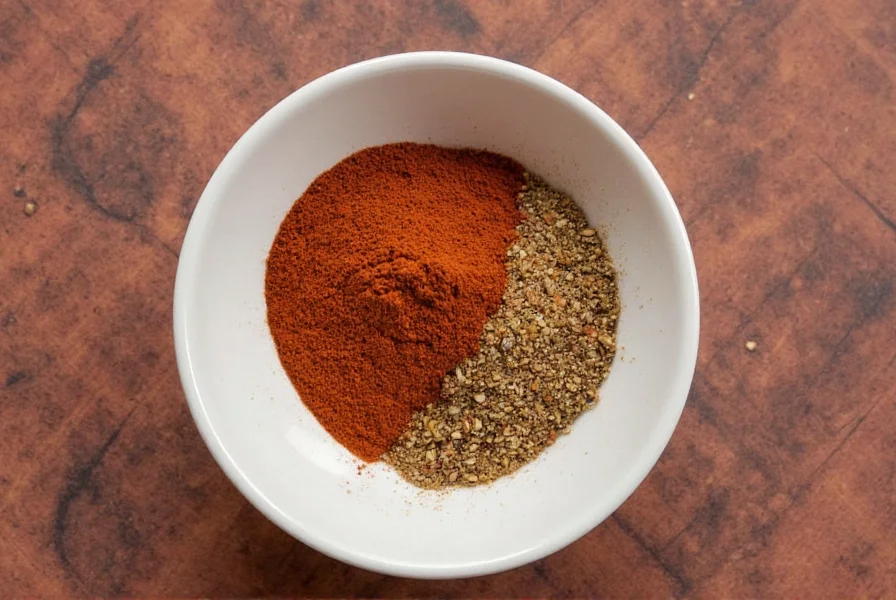
What Is Creole Spice?
Creole spice, also known as Cajun-Creole seasoning, is a flavorful blend rooted in the culinary traditions of Louisiana. It’s often used to season meats, seafood, soups, and stews. Unlike single-note spices, creole spice brings a balanced punch of heat, earthiness, and aromatic depth.
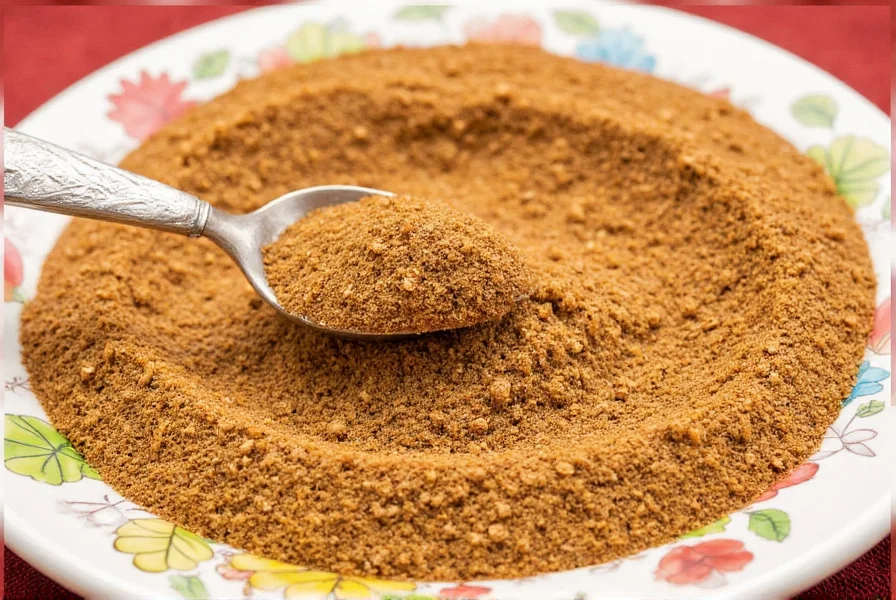
A Taste of History
The origins of creole spice trace back to 18th-century Louisiana, particularly New Orleans. Influenced by French, Spanish, West African, and Native American cuisines, the blend evolved over time. Creole cooking was city-born, whereas Cajun cuisine developed in rural areas. Creole spice reflects that urban melting pot — refined yet bold.
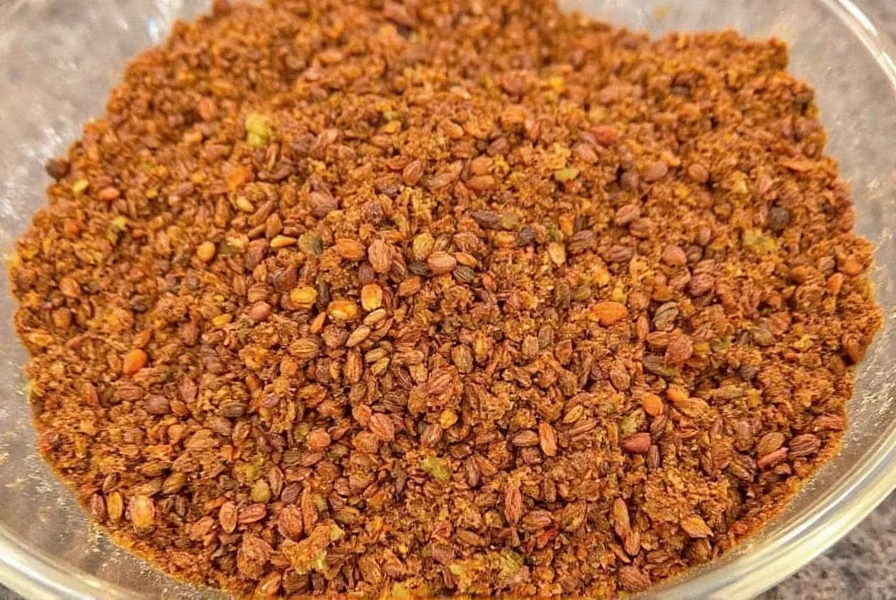
Core Ingredients in Creole Spice
While no two blends are exactly alike, most creole spice mixes include:
- Paprika – adds color and mild sweetness
- Garlic powder – layers in savory notes
- Onion powder – enhances depth
- Oregano – gives it a Southern Italian twist
- Thyme – offers herbaceous complexity
- Black pepper – sharpens flavor
- Cayenne pepper – introduces gentle heat (less than Cajun)
- Salt – balances and amplifies everything
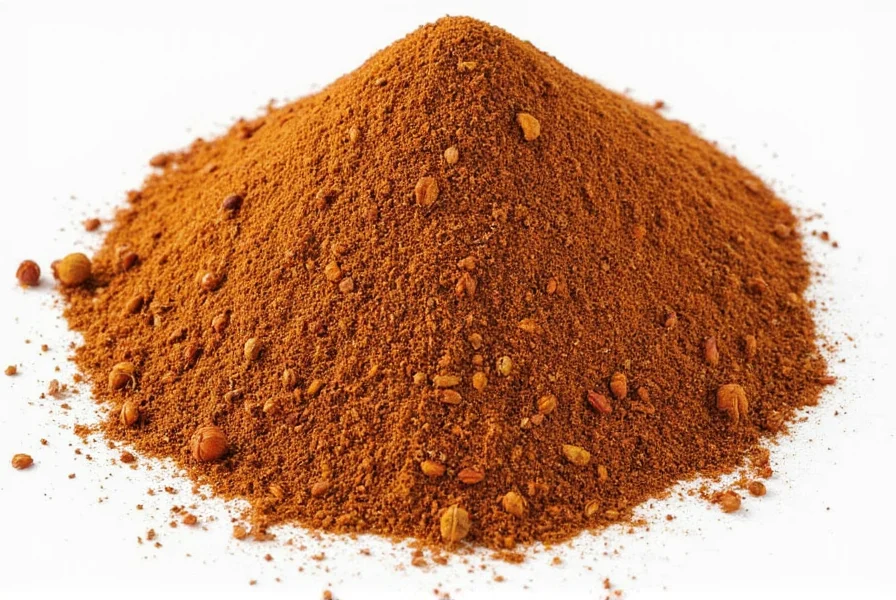
Creole vs Cajun: What's the Difference?
This question pops up often, so let’s settle it once and for all!
| Characteristic | Creole Spice | Cajun Seasoning |
|---|---|---|
| Origin | New Orleans and urban areas | Rural Louisiana (Acadian roots) |
| Heat Level | Mild to medium | Medium to hot |
| Base Ingredients | Herb-forward, more complex | Pepper-heavy, rustic |
| Taste Profile | Earthy, fragrant, layered | Spicy, bold, robust |
| Common Use | Gumbos, étouffée, grilled fish | Jambalaya, dirty rice, boiled crawfish |
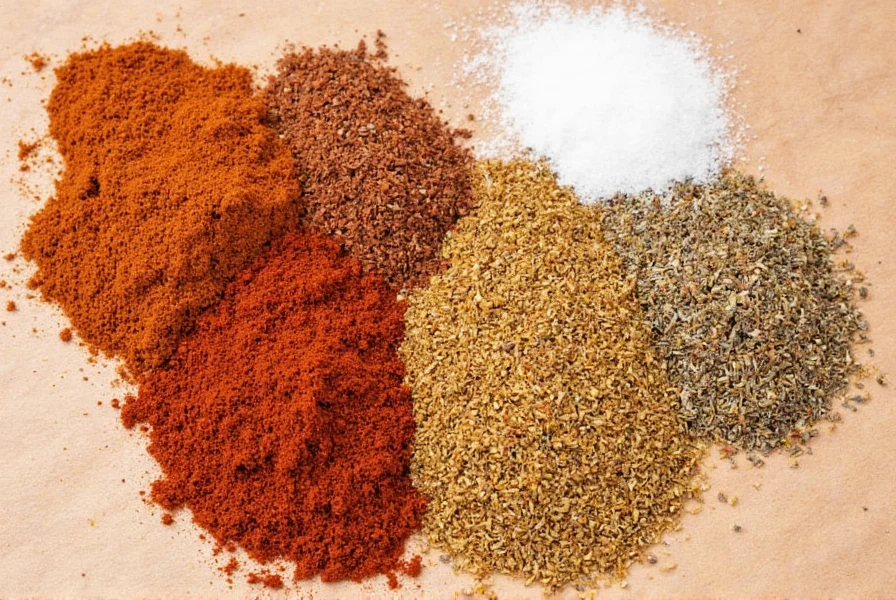
Cooking with Creole Spice: Tips & Tricks
Whether you're a seasoned cook or just starting out, here are five ways to make the most of your creole spice:
- Season proteins before cooking – Dust shrimp, chicken, or tofu generously before grilling, sautéing, or roasting.
- Add during simmering – For soups and stews, stir it in midway through cooking to develop flavor depth.
- Use sparingly with salty dishes – Many blends contain salt, so adjust accordingly.
- Enhance roasted veggies – Toss cauliflower, potatoes, or eggplant in olive oil and creole spice before roasting.
- Try it on popcorn! – For a spicy-savory snack, shake some over freshly popped corn.
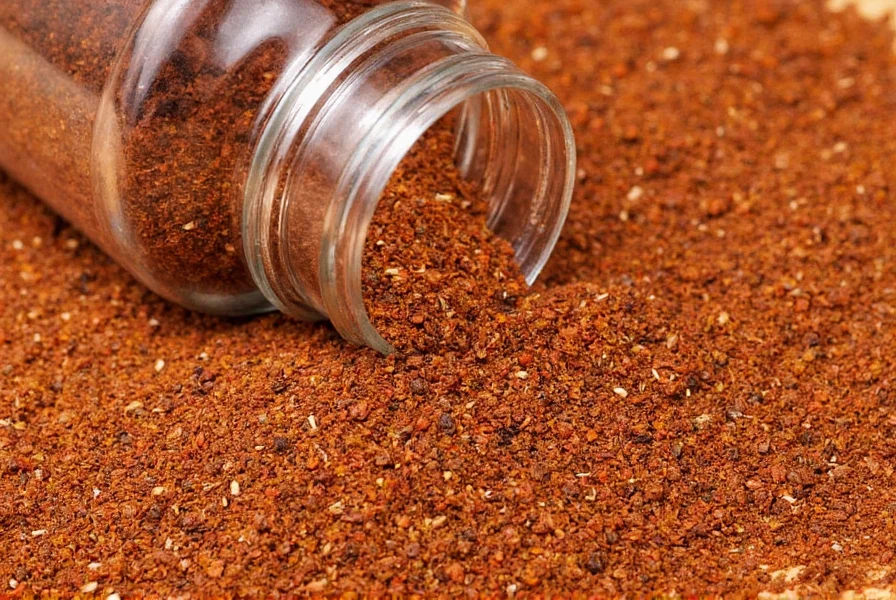
Buying Guide: Choosing the Best Creole Spice
With so many options out there, how do you pick the right one? Here’s a breakdown of popular brands, their features, and who they’re best suited for:
| Brand | Flavor Notes | Best For | Price Range | Notable Features |
|---|---|---|---|---|
| Old Bay Creole Seasoning | Mild, herbal, slightly sweet | Seafood lovers | $ | Classic balance, great for beginners |
| Le Creuset Authentic Creole | Robust, smoky, complex | Home chefs & foodies | $$ | Premium quality, hand-blended |
| McCormick Gourmet Creole | Clean, bold, consistent | Everyday cooking | $ | Reliable brand, easy to find |
| Primal Palate Organic Creole | Herby, clean, low-sodium | Health-conscious cooks | $$ | Organic, gluten-free, paleo-friendly |
| Spice Hunter Creole Blend | Rich, earthy, nuanced | Pro-style home kitchens | $$ | Superior aroma and longevity |
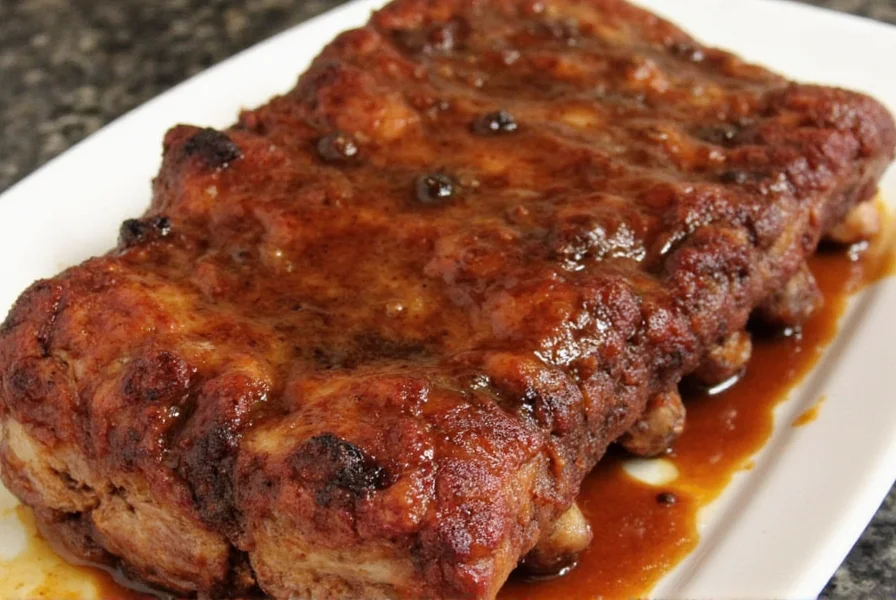
How to Store It for Maximum Flavor
Like all spice blends, creole spice loses potency over time. To keep it fresh:
- Store in an airtight container away from light and moisture
- Keep in a cool, dry pantry (not next to the stove!)
- Label with the purchase date
- Replace every 6–12 months for optimal flavor
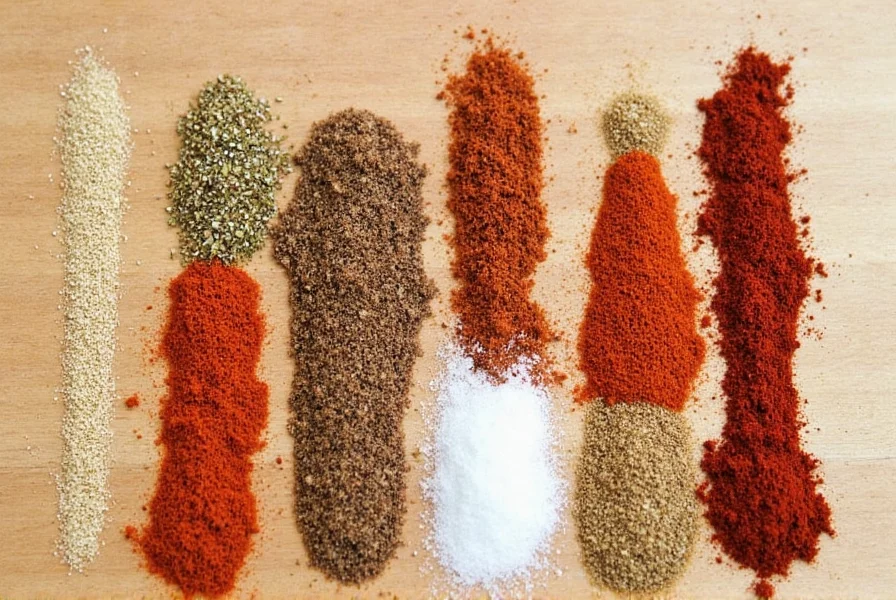
Make Your Own Creole Spice at Home
Want full control over your flavor profile? Try this simple DIY version:
Ingredients:
- 2 tbsp paprika
- 1 tbsp garlic powder
- 1 tbsp onion powder
- 1 tsp dried oregano
- 1 tsp dried thyme
- 1 tsp black pepper
- ½ tsp cayenne pepper (adjust to taste)
- 1 tsp salt (optional or adjust to preference)
Instructions:
- Mix all ingredients in a small bowl until well combined.
- Transfer to a labeled jar.
- Shake before each use.
Bonus: You can tweak the ratios to suit your palate — more thyme for floral notes, more paprika for sweetness, or add a pinch of smoked paprika for depth.
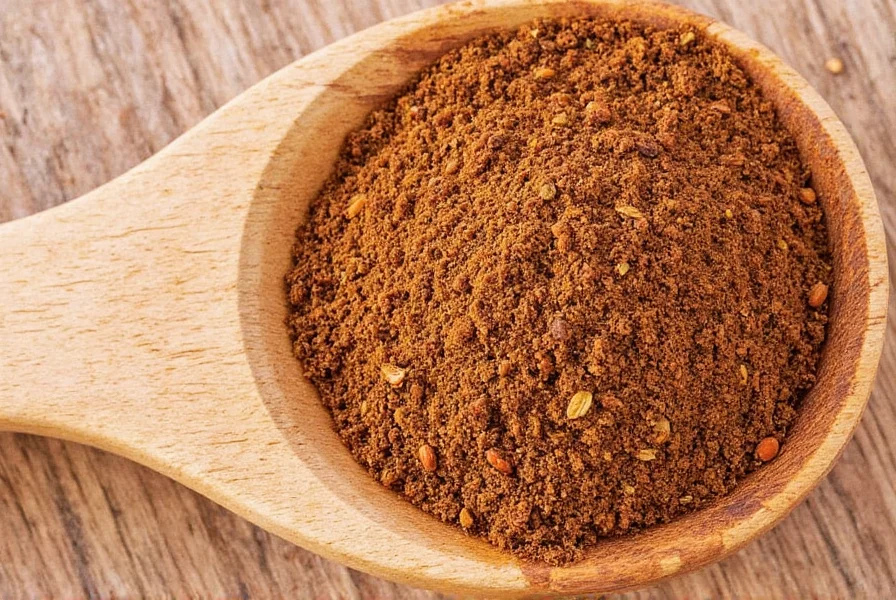
Final Thoughts: Why Every Kitchen Needs Creole Spice
From its soulful Louisiana roots to its modern-day versatility, creole spice deserves a prime spot in your spice lineup. Whether you’re grilling shrimp, simmering chili, or spicing up roasted vegetables, this blend brings a rich, comforting warmth to any dish.
So next time you’re reaching for something to liven up your meal, don’t reach for the salt — grab that creole spice instead. Your taste buds will thank you.

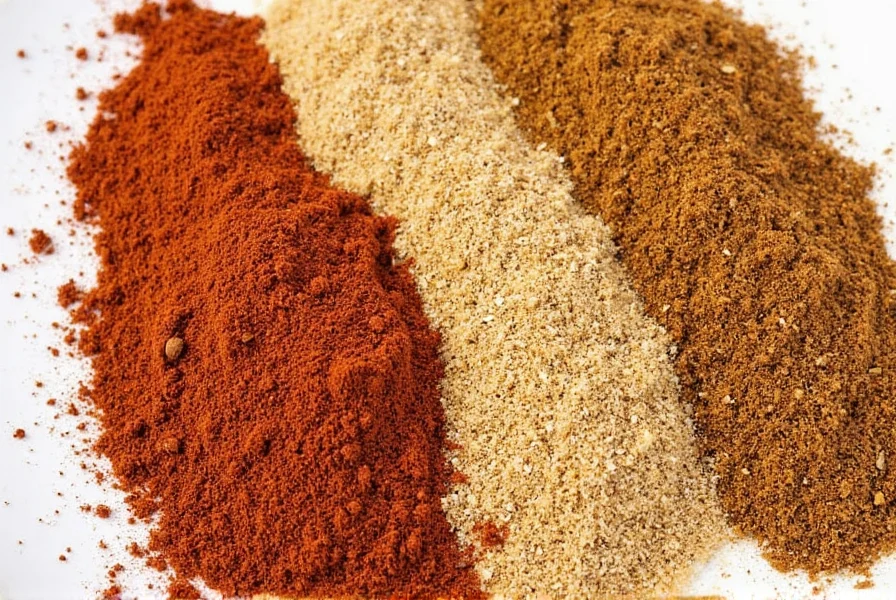









 浙公网安备
33010002000092号
浙公网安备
33010002000092号 浙B2-20120091-4
浙B2-20120091-4